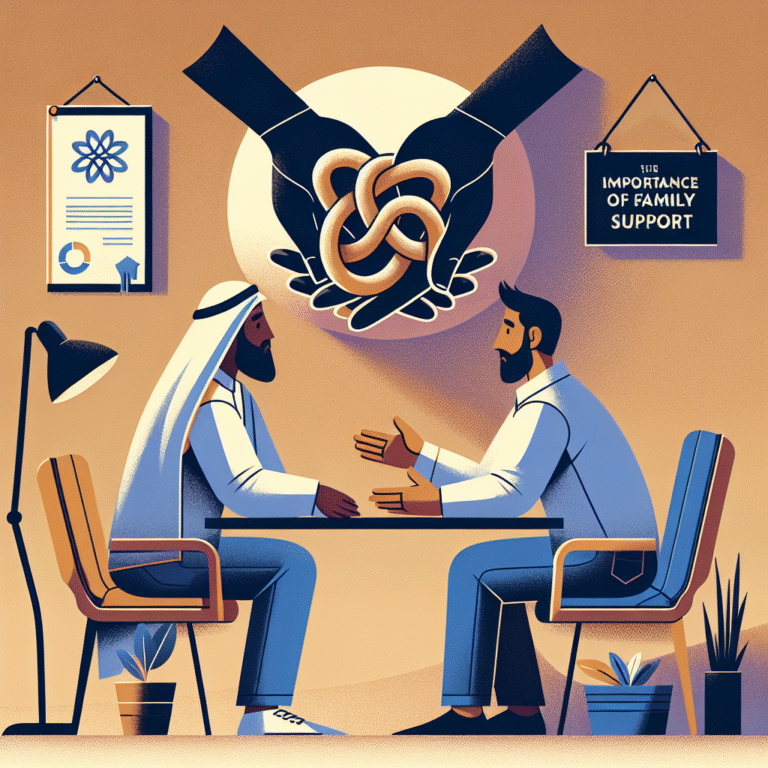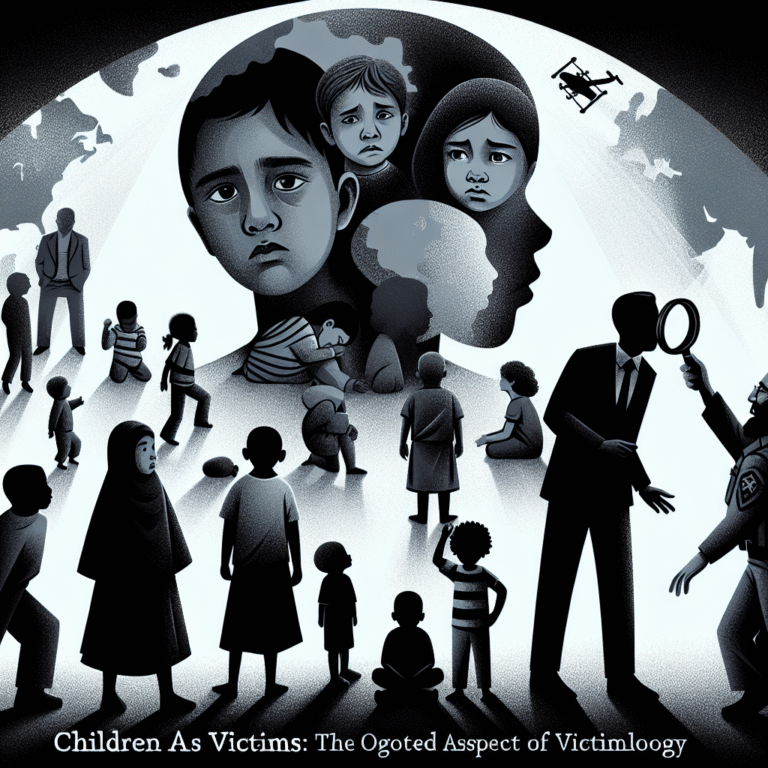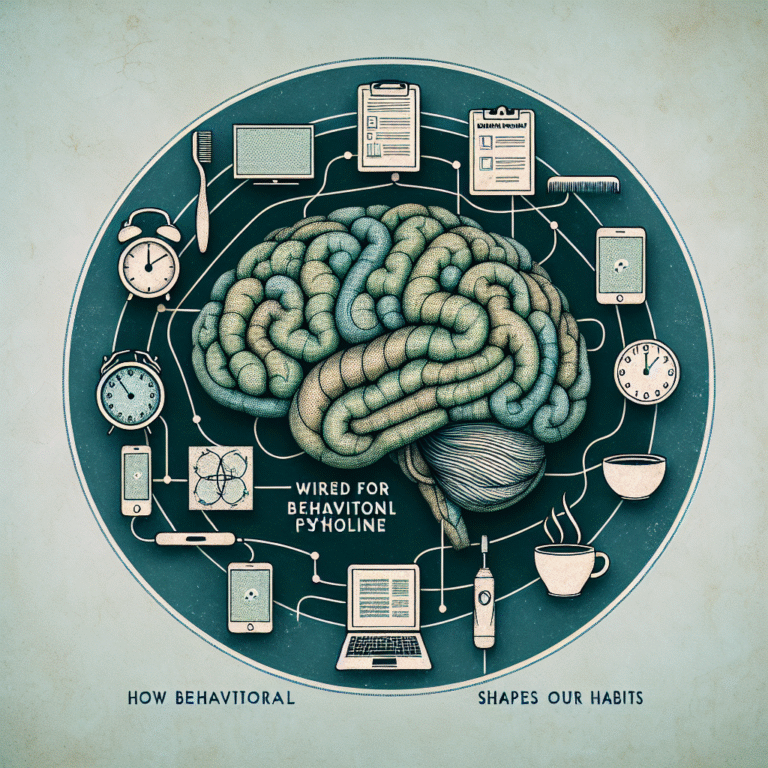
Introduction
Imagine a justice system where the focus is not merely on punishing offenders but on healing communities and transforming lives. Restorative Justice: A New Paradigm for Offender Rehabilitation emerges as a powerful alternative to traditional punitive approaches, promising not just a reduction in recidivism, but a comprehensive solution that fosters accountability, healing, and community cohesion. As we grapple with mounting social issues surrounding crime, understanding this transformative approach becomes increasingly crucial.
The Essence of Restorative Justice
What Is Restorative Justice?
At its core, restorative justice prioritizes the needs of victims, offenders, and the community. Unlike traditional justice systems that often emphasize punishment, restorative justice seeks to repair harm and build relationships. The involvement of all parties leads to a dialogue that encourages empathy and understanding, creating a path toward true rehabilitation.
Key Principles
-
Inclusivity: Restorative justice involves those affected by the crime, providing a platform for victims and offenders to share their experiences.
-
Accountability: Offenders are encouraged to take responsibility for their actions, which promotes personal growth and accountability.
-
Dialogue: Through communication, victims express their feelings, and offenders can understand the impact of their choices. This dialogue fosters empathy, paving the way for healing.
- Community Focus: The focus on community supports a broader sense of responsibility and encourages collaborative efforts in preventing crime.
The Historical Context of Restorative Justice
Restorative justice is not a new concept; its principles have roots in indigenous cultures worldwide. Many tribes utilized restorative practices as a means to reconcile conflicts, prioritizing community healing over punishment. Over the past few decades, however, these practices have gained traction in modern justice systems, leading to successful implementations in several countries.
Case Studies in Restorative Justice
Case Study 1: The New Zealand Youth Justice System
In New Zealand, the youth justice system has successfully integrated restorative justice practices, resulting in significant reductions in recidivism. The Family Group Conference model allows families, offenders, and victims to collaborate in addressing the harm caused. As a result, 80% of participants report feeling satisfied with the outcomes, and recidivism rates drop substantially.
Analysis: This case demonstrates how engaging families and communities can foster accountability, ultimately leading to better outcomes for young offenders.
Case Study 2: The Returning Home Project in the UK
In the UK, the Returning Home Project facilitated restorative justice sessions for victims of crime and offenders seeking rehabilitation. This initiative not only provided victims a voice but also helped offenders recognize the societal impact of their crimes. Evaluations indicated a 50% reduction in repeat offending among participants.
Analysis: The project showcases the power of dialogue and mutual understanding in healing wounds for both victims and offenders.
Case Study 3: The Restorative Justice Program in Canada
Canada has seen transformative changes through its national restorative justice program. One notable program, the Circles of Support and Accountability (CoSA), connects ex-offenders with community volunteers. This initiative fosters reintegration and accountability, leading to a dramatic decrease in reoffending rates.
Analysis: CoSA illustrates the importance of community support in offender rehabilitation, a cornerstone of restorative justice.
Restorative Justice in Practice
How It Works
-
Referral and Assessment: Offenders are typically referred to restorative justice programs following conviction. An assessment determines their suitability for participation.
-
Preparation: Both victims and offenders undergo separate preparations, ensuring they understand the process and feel supported.
-
The Conference: The heart of restorative justice is the facilitated meeting, where victims and offenders share experiences, express feelings, and discuss reparative actions.
- Agreement: Participants work collaboratively to create a plan that addresses the harm caused and outlines steps for the offender’s rehabilitation.
Challenges and Misconceptions
Restorative justice is not without its challenges. Critics argue it could trivialize the victim’s experience or minimize the severity of offenses. Several misconceptions exist, such as:
-
Myth 1: Restorative justice is only for minor crimes.
-
Myth 2: It compromises public safety.
- Myth 3: It absolves offenders of responsibility.
Educating communities about the nuances of restorative justice is essential for its broader acceptance.
Data Supporting Restorative Justice
| Study Year | Location | Reduction in Recidivism | Victim Satisfaction |
|---|---|---|---|
| 2014 | New Zealand | 25% | 75% |
| 2016 | UK | 50% | 80% |
| 2018 | Canada | 30% | 85% |
This table illustrates the tangible benefits of restorative justice, reinforcing its viability as a new paradigm for offender rehabilitation.
The Benefits of Restorative Justice
-
Reduced Recidivism: Numerous studies indicate lower recidivism rates among those who participate in restorative justice programs.
-
Victim Empowerment: Victims often experience increased satisfaction levels through active participation in the justice process.
-
Community Engagement: These practices reinforce community ties, making neighborhoods safer and more cohesive.
- Personal Growth: Offenders engage in self-reflection and often emerge with a renewed understanding of their actions.
Implementing Restorative Justice: Steps Forward
Creating Awareness
To promote restorative justice as a viable alternative, educational initiatives must target legal professionals, policymakers, and communities. Highlighting success stories will increase acceptance and understanding.
Policy Changes
Governments should consider integrating restorative practices into the legal framework. Policies that support restorative programs will further legitimize this promising approach.
Training Facilitators
Qualified facilitators play a crucial role in the success of restorative justice programs. Training ensures they can effectively guide discussions amongst participants, creating a safe and constructive environment.
Conclusion
Restorative Justice: A New Paradigm for Offender Rehabilitation offers a hopeful vision for the future of criminal justice. By prioritizing healing over punishment, this approach cultivates accountability, reduces recidivism, and strengthens community bonds. As we move forward, embracing restorative practices can transform lives and pave the way for a more just society.
Let us champion this movement, advocating for a reimagined justice system that values healing, understanding, and collaboration. Together, we can foster environments where the cycle of crime is disrupted and replaced with pathways to rehabilitation and community restoration.
FAQs
1. What types of crimes are suitable for restorative justice?
Restorative justice can be applied to a variety of offenses, from minor vandalism to serious crimes. The suitability often depends on the willingness of victims and offenders to engage in the process.
2. How is the effectiveness of restorative justice measured?
Effectiveness is often measured through recidivism rates, victim satisfaction surveys, and community health indicators.
3. Do victims have to participate in restorative justice programs?
Participation is generally voluntary for victims. They have the right to choose whether they want to engage in the process.
4. Are restorative justice sessions safe for victims?
With trained facilitators, restorative justice sessions are designed to be safe and respectful. Victim support mechanisms are often in place to ensure a secure environment.
5. Can restorative justice replace traditional punitive measures?
While restorative justice can be a powerful complement to traditional systems, it is most effective when integrated alongside them, particularly for serious offenses.
By addressing these questions and dismantling misconceptions, we can pave the way toward a more profound understanding of Restorative Justice: A New Paradigm for Offender Rehabilitation, inviting broader societal engagement and acceptance.


















